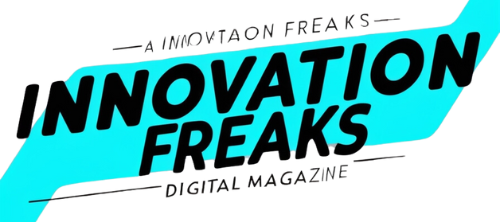3D printing is revolutionizing various industries, and the toy industry is no exception. This innovative technology is not just about making toys but is shaping the future of how they are designed, produced, and personalized. With the ability to create unique and customized toys, 3D printing provides opportunities for creativity and engagement like never before.
The Transformation of Toy Making
The introduction of 3D printing into the toy industry has transformed traditional methods of production. Manufacturers can now create complex designs that were previously impossible with conventional manufacturing techniques. Using additive manufacturing, toys can be produced layer by layer, allowing for more intricate details and functionalities. This transformation makes it easier for designers to bring their concepts to life quickly, meeting consumer demands in real-time.
Enhancing Customization Options
One of the most exciting aspects of 3D printing in toys is the level of customization it offers. Consumers today are looking for personalized experiences, and this technology allows them to design toys that reflect their own tastes and preferences. Whether it’s modifying a character’s outfit or creating entirely new figures based on personal stories, 3D printing enables parents and children to co-create their toys, enhancing the emotional connection to products.
Reducing Production Costs
3D printing significantly reduces production costs by minimizing waste and eliminating the need for large-scale manufacturing processes. Traditional toy manufacturing often involves expensive molds and materials, leading to high overhead costs. In contrast, 3D printing technology allows for on-demand production, meaning toys can be created as needed without the costly investments in tooling. This lower expenditure makes it feasible for smaller companies and startups to enter the market, fostering innovation.
Flexibility in Design and Prototyping
Another advantage of 3D printing in the toy sector is its unparalleled flexibility in design and prototyping. Designers can quickly adapt and iterate on toy concepts, testing different materials and shapes without the lengthy lead times traditionally associated with physical prototyping. This rapid prototyping capabilities facilitate a more dynamic design process, allowing companies to be more responsive to market trends and consumer needs.
Sustainability in Toy Production
As awareness about environmental issues grows, sustainability has become a critical factor in product manufacturing, including toys. 3D printing supports sustainable practices by enabling the use of biodegradable materials and minimizing waste. Companies can experiment with eco-friendly materials and production methods, aligning with consumer expectations for responsible manufacturing. The move towards sustainable toy production creates a positive brand image and encourages environmentally conscious purchasing decisions among buyers.
Future Trends in 3D Printed Toys
The future of 3D printing in the toy industry is promising and poised for further growth. As technologies advance, we can expect to see enhanced integration of artificial intelligence and machine learning in the design process. These advancements will enable even more personalized toy experiences. Furthermore, integration with online platforms will allow consumers to collaborate directly with designers, bringing innovative concepts to fruition. The transition towards 3D printed toys is not just a trend; it signifies a fundamental shift in creativity, engagement, and sustainability for future generations.
Disclaimer: This article reflects the author’s views and is meant for informational purposes only. Please verify all information independently.





















